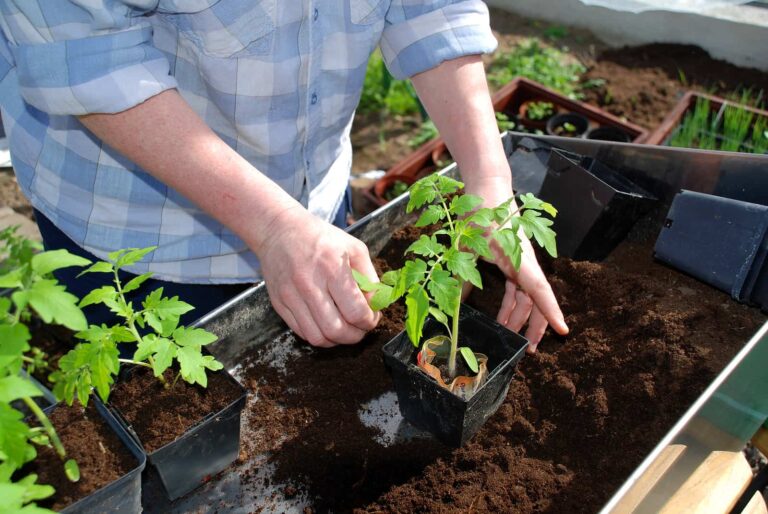When and How to Use Solarization in the Garden
Soil solarization is a technique that uses clear plastic sheets to trap sunlight and heat the soil, effectively killing weed seeds, pathogens, and some soil-borne pests. Unlike occultation, which uses opaque coverings to block sunlight and kill residues primarily through shading, solarization relies on heat buildup under transparent plastic to sterilize the soil.
When to Use Solarization
- Warm, sunny periods: Best in late spring or summer when soil temperatures naturally reach 80–95°F (27–35°C).
- Before planting sensitive crops: Ideal to reduce disease pressure for vegetables, melons, and herbs.
- Weed suppression: Particularly effective for controlling annual weeds and some perennial seeds.
- Pest management: Helps reduce soil-borne nematodes, fungal pathogens, and insect larvae.
Materials Needed
- Clear polyethylene plastic: 1–4 mil thickness, UV-stabilized if possible.
- Stakes, soil, or rocks: To anchor edges and prevent wind from lifting plastic.
- Optional water: Lightly moisten soil before covering to enhance heat conduction.
How to Solarize Soil
- Clear the bed of crop residues and large debris.
- Loosen soil lightly with a rake to improve contact and heat penetration.
- Water soil evenly to field capacity; moist soil conducts heat better.
- Lay clear plastic over the soil, bury edges 4–6 inches deep or secure with stones.
- Leave in place 4–6 weeks during peak sunny months for maximum heat buildup.
- Remove plastic carefully and prepare soil for planting or add mulch as desired.
Difference Between Solarization and Occultation
| Feature | Solarization | Occultation |
|---|---|---|
| Plastic Type | Clear | Opaque (black or tarps) |
| Mechanism | Traps sunlight and heats soil | Blocks sunlight, kills weeds and residues by shading |
| Primary Purpose | Sterilize soil, kill pathogens and pests | Suppress weeds, manage crop residues |
| Best Timing | Hot, sunny months | After harvest, anytime soil can be covered |
| Soil Effect | Can heat soil to 120°F+, may stress some microbes | Minimal soil heating; microbes remain active |
My Experience
I’ve practiced soil solarization in my Sonoma Valley vegetable gardens for decades, using it to control nematodes, fungal diseases, and persistent weeds before planting sensitive crops. I’ve tested various plastic types, thicknesses, and durations to optimize pathogen control while preserving beneficial soil life. Experience shows that solarization is most effective in peak sunny periods and in beds that are properly moistened and prepped, providing a safe, chemical-free alternative to soil sterilants.


